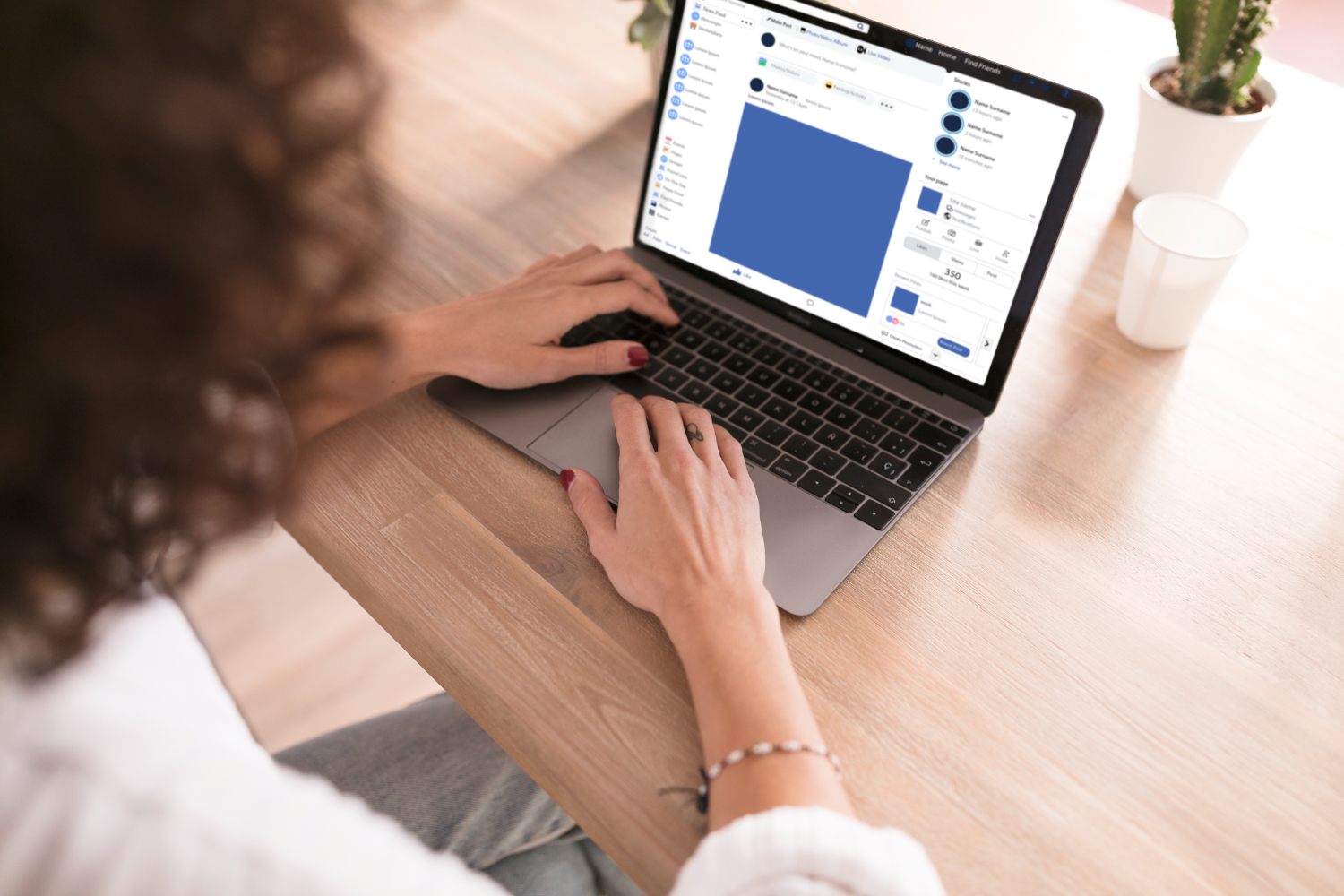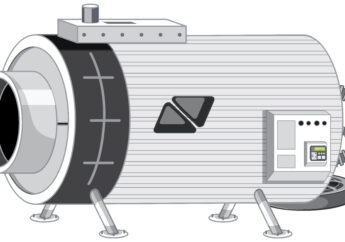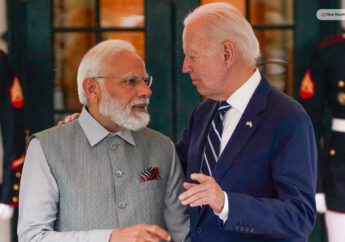Personalization at Scale: Customizing LinkedIn Ads for Different Buyer Personas
by Ankita Tripathy Business 06 January 2025

Effective advertising is about more than just promoting products or services. It’s about delivering a message that resonates. For B2B marketing on LinkedIn, tailoring ads to different buyer personas is essential. Above all, it helps you to connect with your audience. Personalization at scale also enables businesses to craft relevant and targeted campaigns. Hence, you can meet the needs of specific segments while optimizing time and resources. Here’s how to effectively Customizing LinkedIn Ads for different buyer personas and make the most of your campaigns.
The Role of Buyer Personas in B2B Marketing
Buyer personas represent semi-fictional profiles of your ideal customers. But you need to create the same using market research and accurate data. These personas help businesses understand their audience’s pain points, goals, and decision-making processes.
For instance, a CFO might prioritize cost efficiency and ROI. At the same time, a marketing manager focuses on user-friendly tools and campaign performance. You can also create ads that resonate with each persona by addressing these unique needs.
To ensure that your personas click, leverage an ad optimization tool. It can help analyze and refine audience data for maximum relevance.
Advantages of Personalized LinkedIn Ads
Customizing LinkedIn ads for buyer personas offers significant benefits, such as:
- Enhanced Engagement: Targeted messaging captures attention and encourages interaction.
- Better Conversion Rates: Ads tailored to specific needs are more likely to drive action.
- Efficient Budget Allocation: Personalization reduces wasted ad spend by focusing efforts on high-value segments.
The challenge lies in scaling this personalization effectively while maintaining quality and consistency across campaigns.
Steps to Personalize LinkedIn Ads
1. Deep Dive into Persona Research
Building accurate buyer personas is the foundation of successful personalization. Gather data on your target audience, including:
- Job titles and industries
- Challenges and pain points
- Goals and decision-making priorities
- Preferred communication styles
LinkedIn’s advanced targeting tools allow you to filter audiences based on seniority, company size, and job functions. Consider using an ad optimization tool to process large datasets and uncover actionable insights for precise analysis.
2. Segment Your Audience
Once you’ve defined your personas, Customizing LinkedIn Ads won’t be an issue. Just segment your audience accordingly. Group individuals with similar roles or priorities into clusters, ensuring your campaigns address their unique needs.
For example, if your audience includes bT managers and HR professionals, create separate segments for each and design campaigns that speak directly to their challenges.
3. Craft Persona-Specific Messaging
Your ad copy and visuals should align with each persona’s preferences. Address their pain points and highlight solutions that matter most to them.
For example:
- An operations manager might respond to messaging about improving efficiency and reducing costs.
- A team leader might engage with ads emphasizing collaboration and ease of implementation.
Persona-specific messaging builds trust and positions your brand as a relevant and valuable resource.
4. Leverage Visual Storytelling
The visual aspect of LinkedIn ads is just as important as the messaging. Use imagery and video content that aligns with the interests of each persona. For example:
- Demonstrate product features for a technical audience with a short demo video.
- Showcase testimonials or success stories for decision-makers focused on results.
Visual storytelling helps create an emotional connection while conveying complex ideas in an easily digestible format.
5. Use Dynamic Ad Formats
Dynamic ads automatically personalize content for each viewer, making them an excellent choice for scaling LinkedIn ad campaigns. Hence, Customizing LinkedIn Ads is no bashing drill after all! These ads can display user-specific details like their name, job title, or company, creating a more engaging experience.
Dynamic formats work well when combined with tools like an ad optimization tool to streamline targeting and personalization efforts.
6. Align CTAs with Persona Priorities
A clear call-to-action (CTA) is essential for driving engagement, but it should be tailored to each persona’s stage in the buyer journey.
For example:
- In case of a technical persona: “Download the Detailed Specs.”
- In the case of a decision-maker: “Get a Free ROI Analysis.”
Ensure the CTA is compelling and directly addresses the persona’s needs.
7. Monitor and Refine Campaigns
Personalization is an ongoing process that requires regular optimization. Use LinkedIn’s analytics tools to track key metrics like engagement, click-through rates, and conversions.
An ad optimization tool can provide deeper insights, highlighting areas where campaigns perform well and identifying opportunities for improvement.
8. Write Search Ad Copy that appeals to Different Buyer personas
Firstly, I recommend using modifiers and keywords in sync within your ad. For example, you can take the keyword “dog grooming” here. Similarly, some modifiers would be near me, professional, budget-friendly, etc.
You may use Google’s Keyword Planner, Google Trends, or UberSuggest to get the correct keywords and modifiers.
Meanwhile, the prime of Customizing LinkedIn Ads is matching the intent and tone with the buyer’s persona.
You can target different buyer personas through LinkedIn Ads in four ways. Firstly, Informational ads, followed by Transactional ads and Commercial ads. Meanwhile, practical and informative Navigational ads can rope in a maximum number of buyers.
Let’s go back to our example. If someone types- “how to groom a dog,” the intent is informational here. When the same person types- “dog grooming near me,” you can target him with a navigational ad.
Similarly, each persona has a specific tone.
At Real Wealth Business, we strive to showcase actions and motives to take your business a cut above the ordinary. For more value-driving suggestions, keep reading!
Now, back to what we were discussing. Detecting the tone is easy. For example, you might be dealing with a price-sensitive customer. For him, your tone must be friendly, helpful, and persuasive at the same time.
Scaling Personalization Without Compromise
While personalization offers immense benefits, scaling it efficiently can be challenging. Here’s how to strike the balance:
- Automate Processes: Leverage tools to streamline audience segmentation, ad creation, and reporting.
- Repurpose Content: Adapt existing materials for different personas rather than starting from scratch.
- Work in Iterations: Test small-scale campaigns before rolling out more extensive efforts.
Real-World Example
Consider a SaaS company targeting IT managers and HR directors. By creating separate campaigns, they address IT managers with technical demonstrations highlighting product reliability, while HR directors see messaging about improving employee engagement.
With tailored visuals and targeted CTAs, each persona feels understood, leading to higher engagement and better conversion rates.
The Role of Ad Optimization Tools
Scaling personalized LinkedIn ads is easier with the help of advanced tools. An ad optimization tool automates tasks like performance tracking, audience analysis, and bid adjustments, ensuring campaigns remain efficient and effective.
These tools also provide actionable insights, helping businesses refine their strategies and maximize ROI without wasting resources.
Conclusion
Personalization at scale is a game-changer for Customizing LinkedIn Ads. Businesses can drive engagement, build trust, and achieve better results by tailoring campaigns to different buyer personas.Using tools like an ad optimization tool simplifies the process, ensuring your campaigns stay relevant and impactful while reaching the right audience. With thoughtful planning and execution, personalized LinkedIn ads can deliver exceptional value and support long-term business growth.
Read More:



































































































